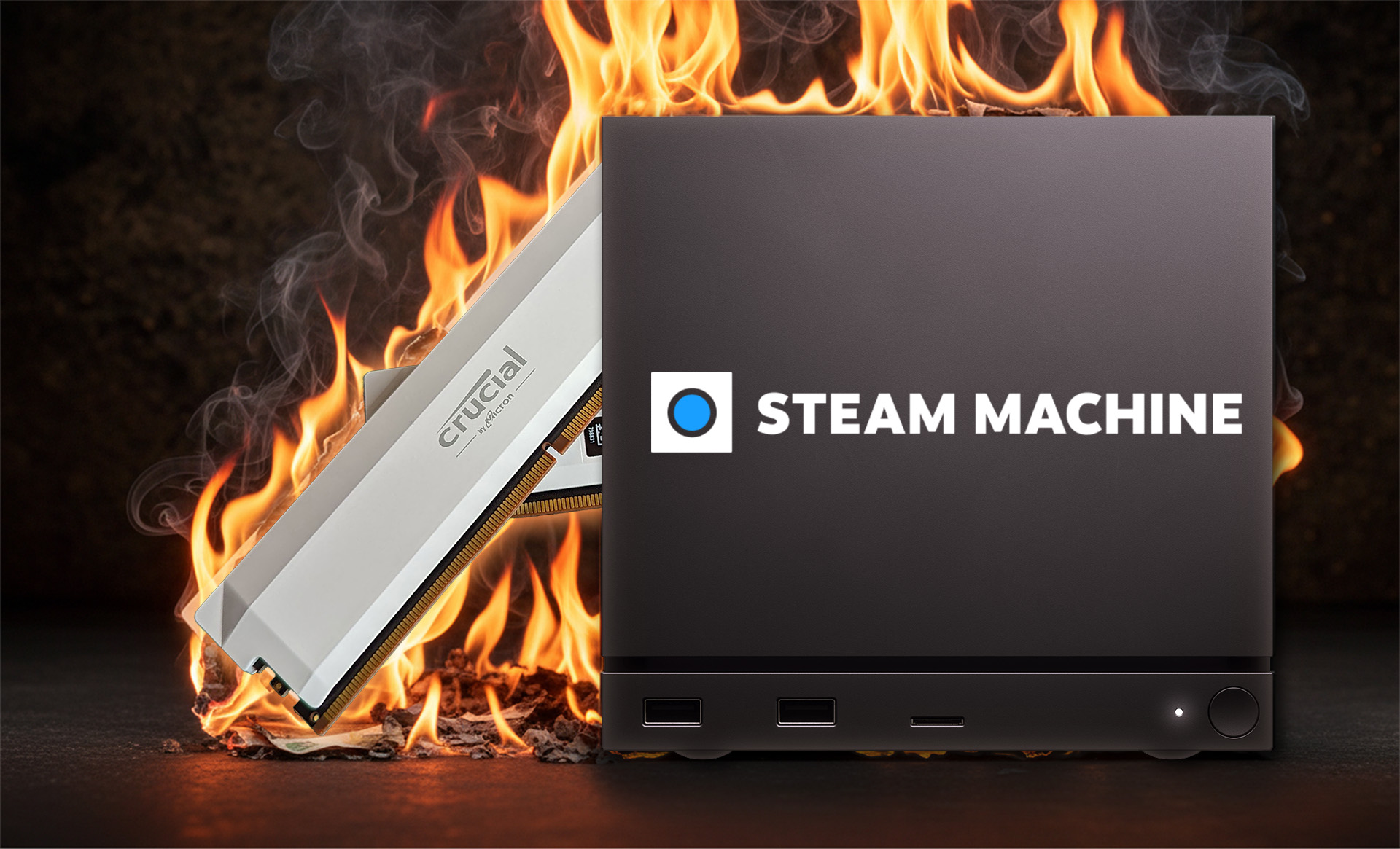Decade in review: 12 stories that changed Microsoft, Windows and Xbox forever in the 2010s
Microsoft saw many momentous developments during the past decade. These are the events, changes and announcements that were most impactful for the company, Windows, and Xbox in the 2010s.
August 2012: Microsoft releases the mess that was Windows 8

Windows 8 was among Microsoft's most radical changes ever made to its desktop platform. Amid the rise of smartphones and tablets, Redmond saw real threat from the growth of portable productivity, developing a new touch-optimized Windows Shell around the "Metro" design language.
Under the leadership of then-CEO, Steve Ballmer, and Windows head, Steven Sinofsky, it introduced the controversial tile-based Start screen and closed app store, doubling down on the allure of mobile OSes. But Windows 8 was largely considered a disappointment among consumers and enterprises upon its October 2012 launch, straying too far from the company's legacy desktop vision. While Microsoft felt it was the major change Windows needed, with some values still present today, it simply lacked the familiarity most desired.
Microsoft would later backpedal on those changes, releasing the free Windows 8.1 update, reintroducing the Start button, and allowing users to boot to the desktop. But the damage was done, with Windows 8 usage dwarfed by Windows 7, and other past variants. Microsoft would later find its balance with Windows 10, available as a free upgrade for Windows 7 and 8 users, but Windows 8 is arguably Microsoft's low-point for the decade, and it was clear the company simply had to do better with its next Windows OS release.
All the latest news, reviews, and guides for Windows and Xbox diehards.

Home to the most invested and passionate Microsoft fans, Windows Central is the next generation destination for news, reviews, advice and buying recommendations on the Windows, PC and Xbox ecosystems, following all products, apps, software, AI advancements, and accessories. We've been around for more than decade, and we take our jobs seriously. Windows Central writers and editors value accuracy and editorial independence in everything we do, never receiving compensation for coverage and never pulling punches.
